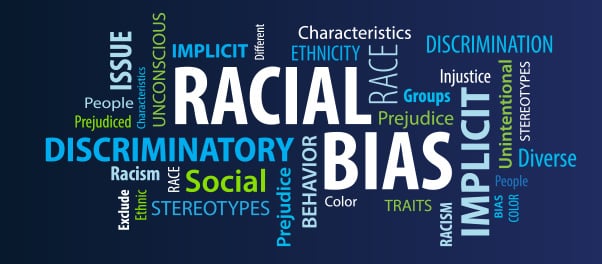Empirical Evidence of Racial Bias
Numerous studies have highlighted the disproportionate impact of capital punishment on racial minorities, particularly African Americans. A landmark study by David Baldus in the 1980s, often referred to as the Baldus Study, found that in Georgia, those who committed crimes against White victims were significantly more likely to receive the death penalty than those who committed similar crimes against Black victims. Additionally, Black defendants were more likely to be sentenced to death than their white counterparts. This study, cited in the Supreme Court case McCleskey v. Kemp, underscores the systemic biases that influence death penalty cases.
Further research continues to support these findings. According to the Death Penalty Information Center (DPIC), racial disparities in the death penalty persist.
- Black and Hispanic individuals make up 31% of the U.S. population but account for 53% of those on death row—41.9% and 11.3%, respectively (American Progress, 2019).
- Despite comprising only 13% of the U.S. population, Black people represent over 41% of the death row population (Prison Policy Initiative, 2016).
According to the ACLU, these jurisdictions have the highest percentages of minorities on death row:
- U.S. Military (86%)
- Colorado (80%)
- U.S. Federal Government (77%)
- Louisiana (72%)
- Pennsylvania (70%)
While White victims account for approximately one-half of all murder victims, 80% of all Capital cases involve White victims. Furthermore, as of October 2002, 12 people have been executed where the defendant was White and the murder victim Black, compared with 178 Black defendants executed for murders with White victims.
Understanding the Mechanisms of Racial Bias
The mechanisms through which racial bias manifests in capital punishment cases include:
- Jury Selection Practices: Research has shown that racial bias in jury selection, such as the striking of Black jurors, can influence trial outcomes. The Equal Justice Initiative has documented instances where racial discrimination in jury selection has impacted death penalty cases.
- Geographical Disparities: The likelihood of receiving the death penalty can vary significantly by location, and some regions with histories of racial tension show higher rates of capital sentences for Black defendants.
- Prosecutorial Discretion: The discretion that prosecutors have in seeking the death penalty can also lead to racial disparities. Studies suggest that prosecutorial decisions are often influenced by the race of the victim and the defendant.
- A 2017 Oklahoma study found that cases involving white female, white male, or minority female victims were significantly more likely to result in a death sentence compared to cases with non-white male victims.
- Similarly, in Washington State, Black defendants were more than four times as likely to receive the death penalty as non-Black counterparts in similar circumstances (Beckett & Evans, 2016).
- In Louisiana, research found that the odds of receiving a death sentence were 97% higher when the victim was White compared to cases involving Black victims (Pierce & Radelet, Louisiana Law Review, 2011).
- A 2006 study conducted in Philadelphia on 600 death-eligible cases from 1979 to 1999 found that the more “stereotypically Black” a defendant was perceived, the greater the likelihood of being sentenced to death—particularly in cases involving white victims.
- A 2005 study in California found that homicides with White victims were 3.7 times more likely to result in the death penalty compared to those with Black victims and 4.73 times more likely than those with Hispanic victims.
Recent Developments and Reforms
In response to growing awareness of racial disparities, there have been calls for capital punishment reform. Some states have considered legislation that would require courts to consider whether racial bias influenced the decision to seek or impose the death penalty. For instance, the Racial Justice Act in North Carolina allowed inmates to challenge their death sentences on the grounds of racial bias. However, its implementation has faced significant political and legal challenges.
Moreover, the growing use of data and analytics in legal proceedings may offer new ways to detect and mitigate racial biases in death penalty cases. Technology can help identify patterns of bias in sentencing that might not be evident on a case-by-case basis.
Conclusion
The intersection of race and capital punishment in the United States poses significant challenges to the principles of fairness and justice. As empirical research continues to highlight the extent of racial disparities, it becomes increasingly essential for the legal system to address these issues head-on. Public policy, informed by empirical evidence and bolstered by technological advances, can potentially mitigate some of the biases that currently characterize capital punishment in America.






















